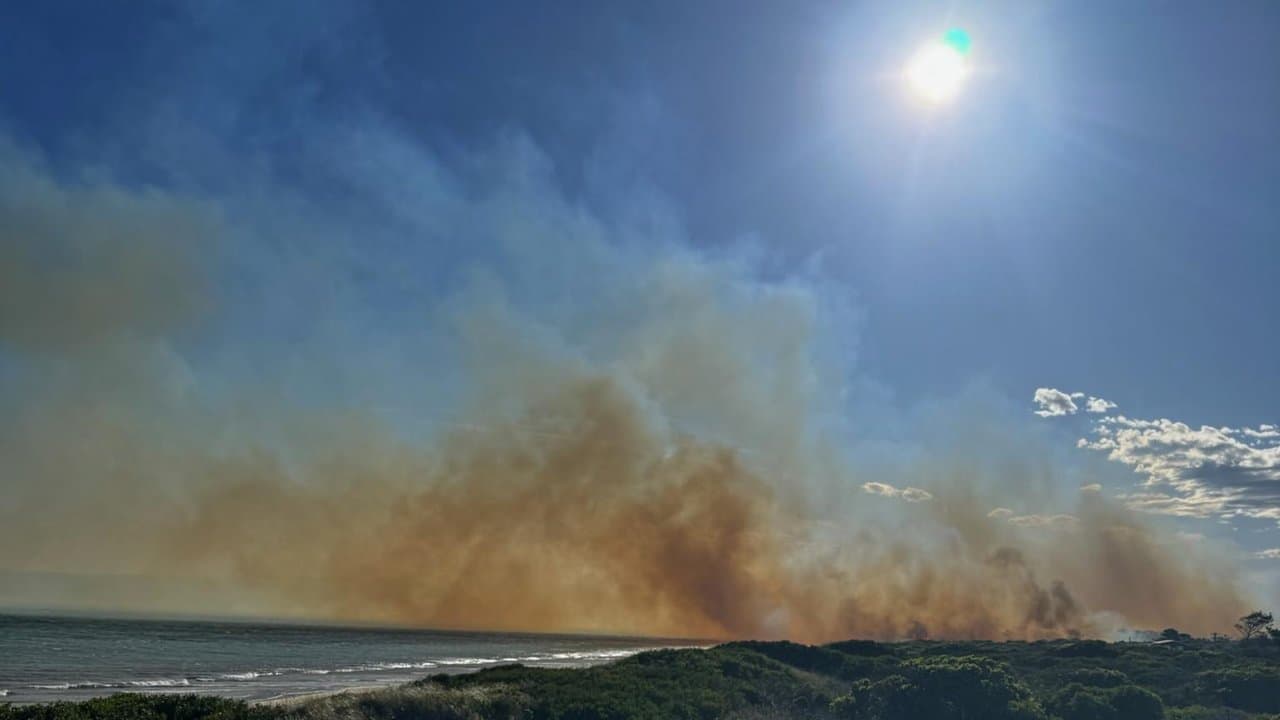WHAT WAS CLAIMED
Australian government data shows fully vaccinated people account for nine out of every 10 COVID-19 deaths in the country.
OUR VERDICT
False. Australia's government does not publish COVID death figures by vaccination status. The claim misrepresents NSW data, which shows the unvaccinated are over-represented in COVID deaths.
Despite real-world data consistently showing that COVID-19 vaccines dramatically reduce rates of death and severe illness due to the disease, a social media post claims Australian government figures reveal 90 per cent of fatal cases are among the fully vaccinated.
The statement is false; the Australian government does not publish national figures on deaths by vaccination status. The post also misrepresents New South Wales data, to which the claim can be traced, which in fact shows the unvaccinated continue to be significantly over-represented in COVID deaths.
The March 21 Instagram post includes a meme with the text: "Whilst you were distracted by Russia's invasion, the Australian gov. published data confirming the Fully Vaccinated now account for 9 in every 10 Covid-19 deaths; some 'Quadruple' Vaccinated."
The text mirrors the headline from a March 15 blog post on UK website The Daily Exposé, which has frequently shared misinformation regarding COVID vaccines (see examples of previous fact checks here, here and here).
While the headline refers to Australian government data, the blog refers to a NSW report. A Department of Health spokeswoman confirmed to AAP FactCheck via email that the federal government does not publish data on COVID deaths by vaccination status.
She said states and territories logged COVID deaths via the National Notifiable Diseases Surveillance System. While this had some fields relating to vaccination in the context of COVID cases and deaths, these did not allow for "robust" reporting of deaths by vaccination status at a national level, she added.
The blog points to NSW Health daily reports for the period from March 1 to March 14, 2022 as showing that nine out of 10 COVID deaths during the period were among the "fully vaccinated".
NSW Health does not provide its own breakdown of deaths by vaccination status for the period, however its weekly reports including detailed COVID information cover the two weeks ending March 12 (see here and here).
These show that during this period those who were not considered fully vaccinated - people with no effective doses or unknown status, or only one effective dose - accounted for 18 out of 87, or around one-fifth, of deaths (table 2).
Other reports also highlight that the figures fluctuate sharply from week to week. For example, in the week ending 19 March, people with one or no/unknown doses of COVID vaccines made up 15 out of 39, or 38.5 per cent, of deaths.
The reports do not differentiate between those who have not received a COVID vaccine and those with unknown status, however previous reports that provide more detailed breakdowns show that the vast majority of deaths in the cohort are among those confirmed as being unvaccinated (see table 5).
NSW Health reports have also highlighted that those who have received only one or no effective doses of COVID vaccines are dramatically over-represented in figures for deaths and ICU-treated cases across all age groups (table 6).
Deakin University chair of epidemiology Catherine Bennett told AAP FactCheck that an analysis of COVID deaths by vaccination status based on raw data alone did not allow for a proper assessment of vaccine efficacy because it failed to take into consideration the very high vaccination rates among those most at risk of dying.
"Unvaccinated people make up a tiny proportion of the high-risk groups, probably only one or two per cent, and so if they comprise 15 per cent of deaths, it shows how much higher their risk is, some 10 to five times higher than if vaccinated," she said in a phone interview.
As of mid-March, more than 99 per cent of people aged 50 and over in Australia had received at least two doses of a COVID vaccine. As of March 31, around 97 per cent of all COVID-associated deaths in Australia were among the same age group (see "Deaths by age group and sex").
"The risk of dying from COVID rises with age, and also with the presence of underlying health conditions or on specific treatments that can increase the risk of serious illness, following an infection. It is not surprising therefore that vaccine uptake has also been highest in those most at risk given how well it protects from serious illness," Prof Bennett said.
She added that frail people who could not be vaccinated or choose not to receive the vaccine were far more likely to shield from infection, which meant deaths among the unvaccinated tended to be in younger age groups where vaccinated deaths were extremely rare.
Prof Bennett said her own analysis of NSW data from late 2021 showed that the age band in which COVID deaths occurred was a decade lower for the unvaccinated compared to the vaccinated.
"The fact that we're seeing much higher death rates in the unvaccinated among younger people is even more concerning," she said.
AAP FactCheck has previously highlighted similar misleading comparisons that use raw data from countries such as Israel and the UK to falsely claim vaccines do not reduce COVID death or hospitalisation rates.
The Verdict
The claim that Australian government data shows nine out of 10 COVID-19 deaths were among the fully vaccinated is false. The federal government does not publish national data, and recent NSW figures, on which the claim is based, show significantly more than 10 per cent of COVID deaths are among people who are not fully vaccinated.
The raw data also does not take into account very high vaccination rates among those most vulnerable to COVID. Figures from NSW and elsewhere show that the unvaccinated are dramatically over-represented in COVID-19 death figures.
False – The claim is inaccurate.
AAP FactCheck is an accredited member of the International Fact-Checking Network. To keep up with our latest fact checks, follow us on Facebook, Twitter and Instagram.












